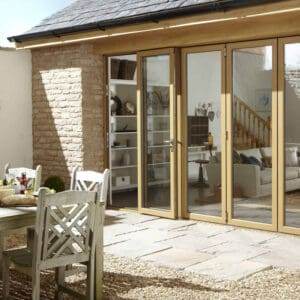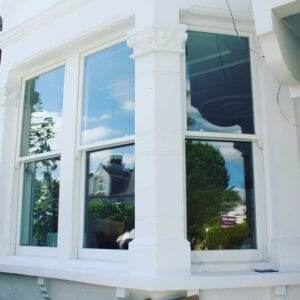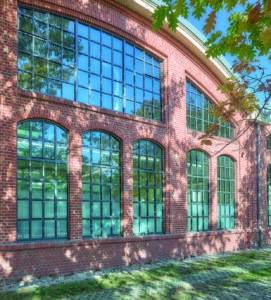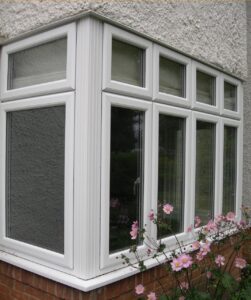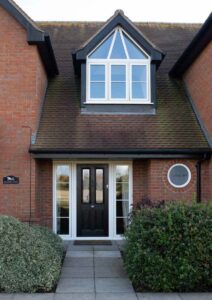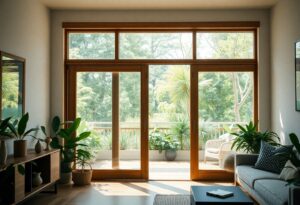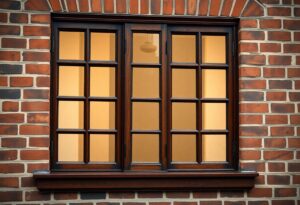Maintenance of painted wood surfaces is crucial to keeping them looking fresh and vibrant for years to come. As a leading expert in window and door services, Express Windows Group recommends following a regular maintenance routine to ensure the longevity of your painted wood. By employing proper cleaning techniques, knowing when to reapply a topcoat, and mastering the art of touching up minor imperfections, you can preserve the beauty of your painted wood surfaces. Read on for our top tips and best practices to maintain your painted wood surfaces.
Key Takeaways:
- Cleaning Techniques: Use a mild soap and water solution to regularly clean painted wood surfaces. Avoid harsh chemicals that can damage the paint.
- Reapply Topcoat: Depending on the wear and tear, consider reapplying a topcoat every few years to maintain the wood’s appearance and protect it from the elements.
- Touching Up Imperfections: For minor scratches or chips, lightly sand the area, apply a matching paint, and finish with a clear topcoat to blend the repair seamlessly with the rest of the surface.
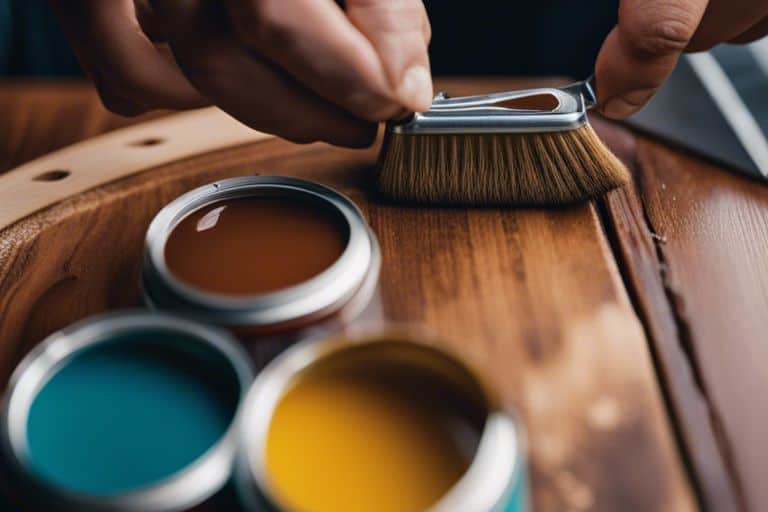
Types of Painted Wood Surfaces and Their Characteristics
Your painted wood surfaces require different maintenance approaches based on their location and the type of paint used. Understanding these variations will help you preserve the beauty and durability of your wooden features.
| Indoor | Outdoor |
| Protected from harsh weather conditions, but may still require cleaning and dusting to maintain their appearance | Exposed to sunlight, rain, and temperature fluctuations, necessitating more frequent cleaning, repainting, and topcoat application |
| Generally less wear and tear, requiring touch-ups and recoating less often | More prone to peeling, cracking, and fading, demanding regular inspection and maintenance |
| Touch-ups and minor imperfections can be easily concealed with paint matching the existing colour | Regularly monitor for signs of damage and consider repainting or refinishing every few years |
| Fewer concerns about UV protection and moisture resistance | Focus on weatherproof paints and UV-resistant topcoats for prolonged durability |
| Perceiving a consistent finish is more achievable with controlled indoor environments | Weather conditions can impact the paint’s adherence and finish quality, warranting more frequent inspections and touch-ups |
Indoor vs. Outdoor Painted Wood
Wood surfaces indoors are typically easier to maintain compared to outdoor ones. Regular cleaning and occasional touch-ups are usually sufficient to keep indoor painted wood looking fresh. In contrast, outdoor surfaces face constant exposure to the elements, requiring more frequent repainting and topcoat reapplication to protect against weather damage.
Various Paints Used on Wood Surfaces
While different types of paints are used on wood surfaces, acrylic, oil-based, and enamel paints are commonly preferred for their durability and resistance to wear and tear. Their selection depends on the specific requirements of the surface, such as indoor or outdoor use, exposure to moisture, and desired finish. Understanding the characteristics of each paint type will help in choosing the most suitable option for your wooden features.
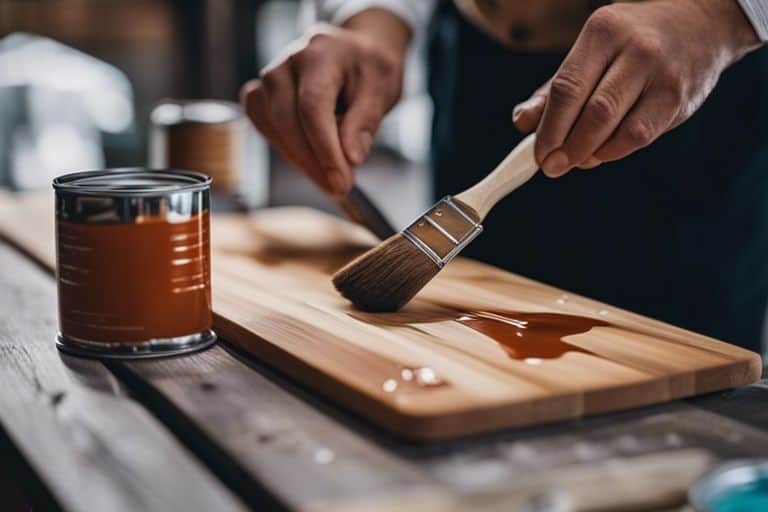
Tips for Maintaining the Freshness of Painted Wood
All painted wood surfaces require regular maintenance to keep them looking fresh and vibrant. To ensure the longevity of your painted wood, follow these expert tips:
Regular Cleaning Techniques
Even though painted wood can withstand wear and tear, it is imperative to regularly clean the surfaces to prevent dirt and debris from building up. Use a mild soap and water mixture to gently clean the painted wood, avoiding harsh chemicals that can damage the paint finish. For more detailed cleaning tips, refer to our blog post on Caring for Your Newly Painted Exterior: Maintenance Tips for Longevity and Beauty.
Preventative Measures to Protect Painted Wood
One of the best ways to maintain the freshness of painted wood is by implementing preventative measures to protect it from harsh environmental elements. Regularly inspect the painted surfaces for any signs of wear or damage, and address them promptly. Applying a fresh topcoat of paint every few years can also help in preserving the wood’s appearance. A proactive approach to maintenance can significantly extend the lifespan of your painted wood.
Recognizing the importance of routine maintenance and taking proactive measures can go a long way in preserving the beauty and longevity of your painted wood surfaces.
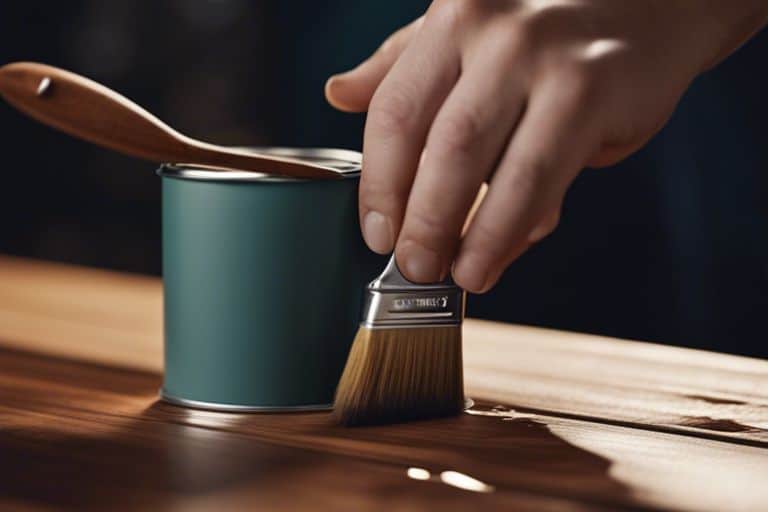
Step-by-Step Guide to Repainting and Touching Up Painted Wood
Keep your painted wood surfaces looking fresh and vibrant by following a regular maintenance routine. Start by cleaning and prepping the wood before painting. For detailed instructions on how to do this, check out How To Clean And Prep Wood Furniture Before Painting.
| Assessing the Need for a New Topcoat |
Assessing the Need for a New Topcoat
Step-by-step, evaluate the current state of the painted wood surface. Look for signs of wear and tear, fading, or damage. If the surface appears dull or scratched, it may be time to reapply a topcoat to protect and rejuvenate the paint.
| Touching Up Minor Imperfections |
Touching Up Minor Imperfections
Repainting is necessary for maintaining the integrity of the painted wood. You may need to touch up minor imperfections such as chips, scratches, or discolouration. Use the same paint colour and a fine brush to carefully apply the paint to the affected areas for a seamless finish.
Pros and Cons of Different Maintenance Approaches
| Approach | Pros and Cons |
| Periodic Intensive Care | Provides thorough maintenance but can be time-consuming and costly if not done regularly. |
| Ongoing Light Maintenance | Less time-consuming but requires consistency to prevent build-up of dirt and damage. |
Periodic Intensive Care versus Ongoing Light Maintenance
Different maintenance approaches cater to different needs. Periodic intensive care, such as deep cleaning or refinishing every few years, can restore the wood’s freshness but may be costly and time-consuming. On the other hand, ongoing light maintenance, including regular cleaning and touch-ups, is more manageable but requires consistent effort to prevent major damage.
Professional Services versus DIY Maintenance
Carefully consider whether to opt for professional services or DIY maintenance for your painted wood surfaces. Professional services offer expertise and efficiency but can be costly. DIY maintenance allows for more control and cost-effectiveness but requires time and effort. Understanding the pros and cons of each approach will help you make the best choice for your maintenance needs.
To wrap up
Now that you have learned about the importance of regular maintenance for painted wood surfaces, it’s vital to implement a consistent cleaning routine to keep your wooden windows and doors looking fresh. Remember to use a mild soap and warm water for cleaning, avoid harsh chemicals, and regularly inspect for any minor imperfections that may need touching up. Be sure to reapply a topcoat every few years to protect the paint from wear and tear. By following these maintenance tips and best practices, you can extend the lifespan of your painted wood surfaces and keep them looking as good as new for years to come.

